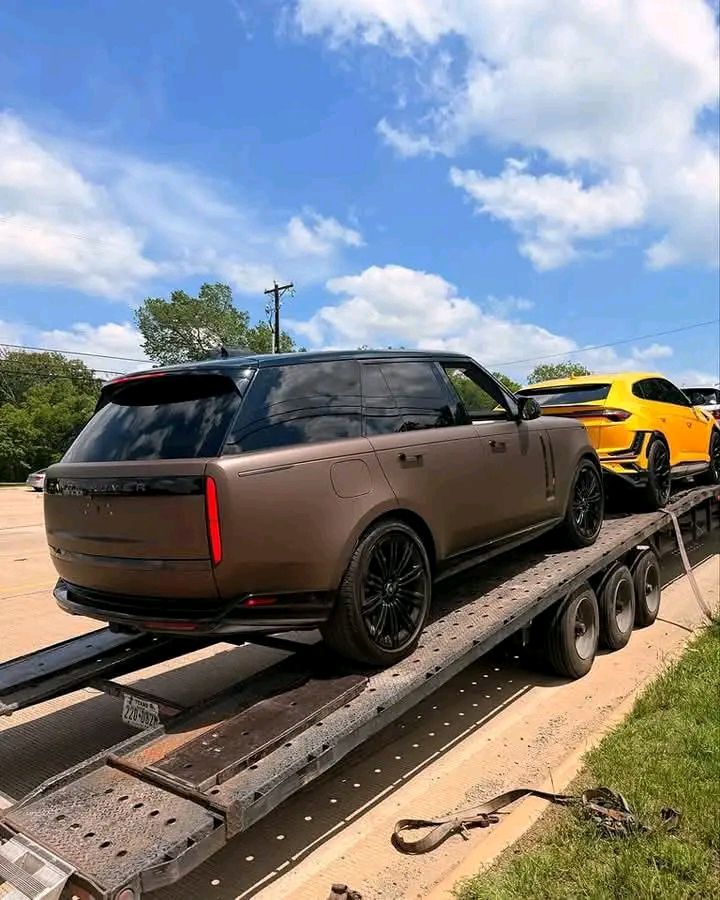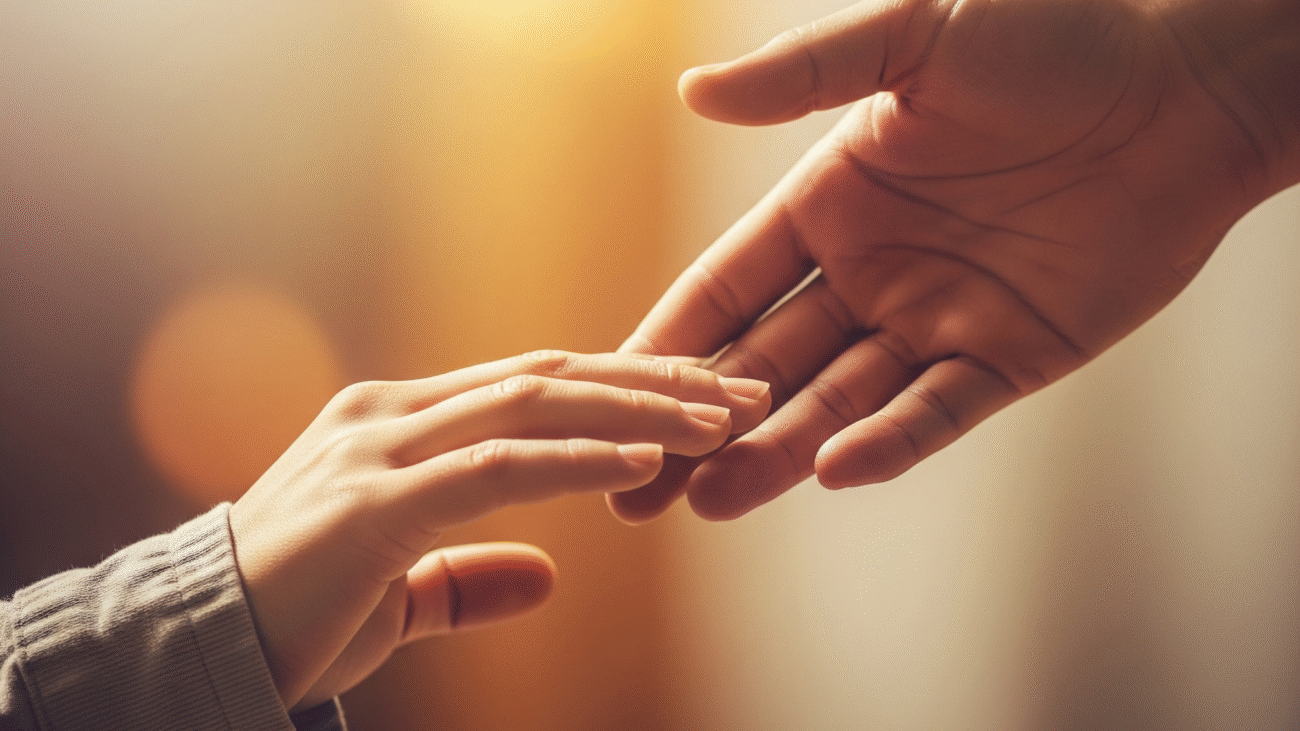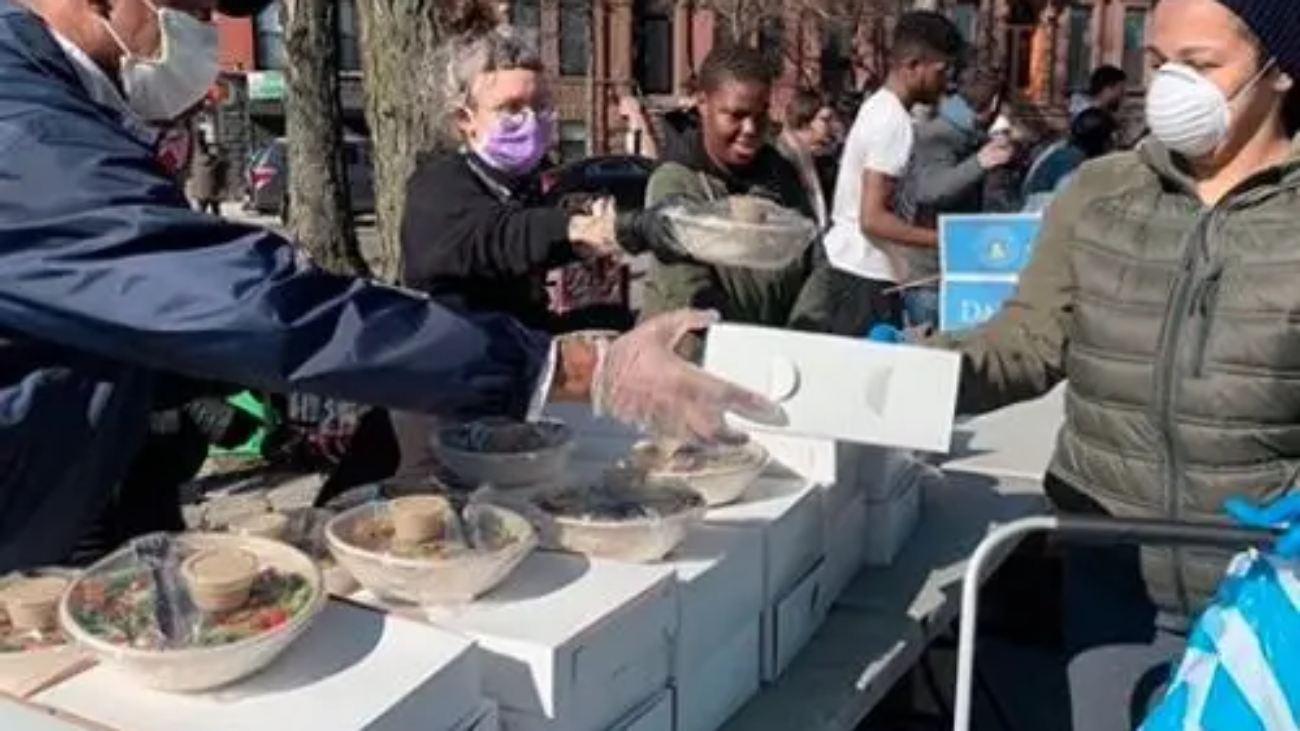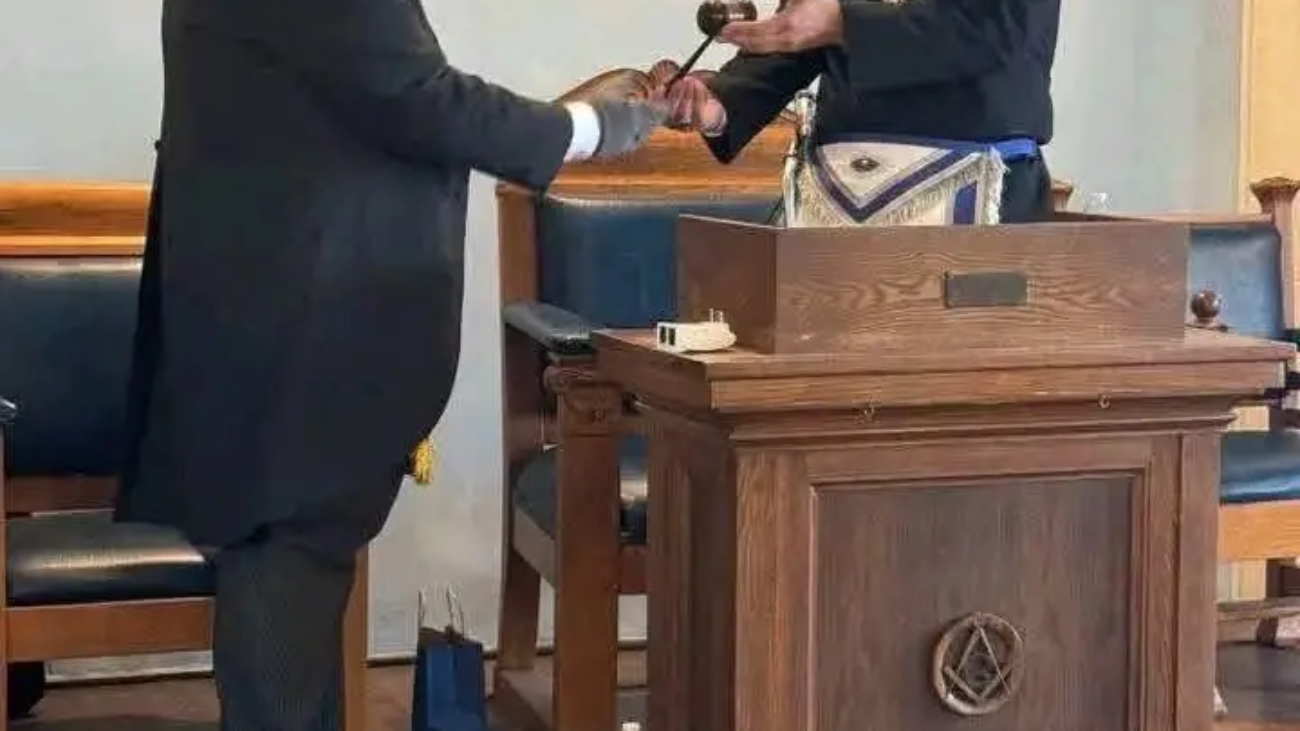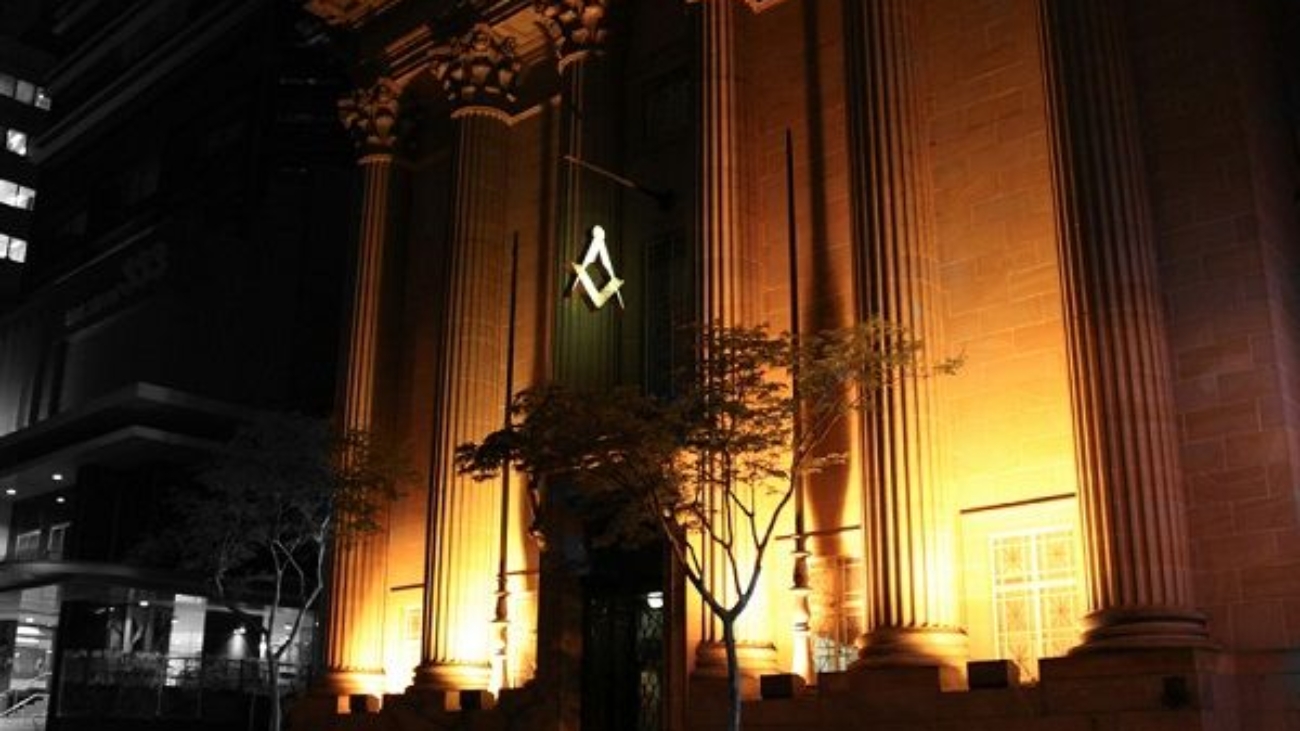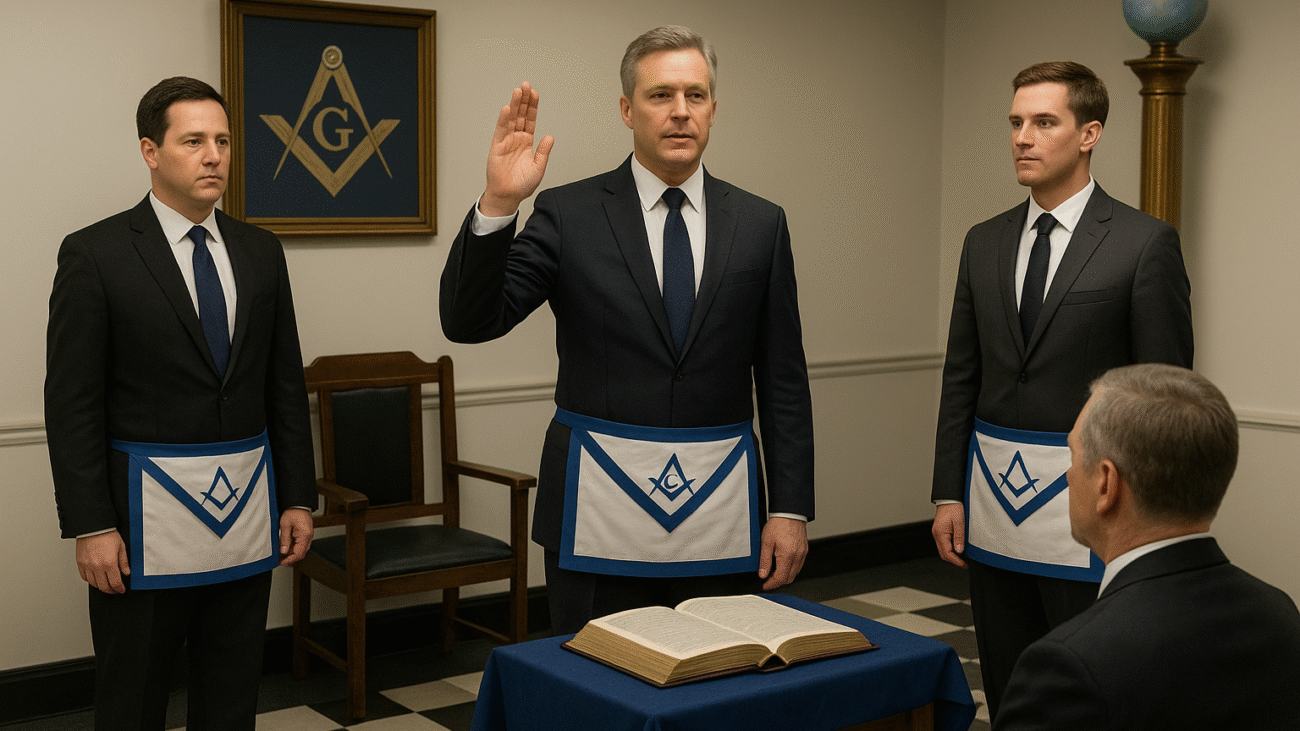Charity
Freemasonry is one of the world’s largest and most significant charitable organizations. The practice of charity, known as “Relief,” is a core tenet of the fraternity, and Masons are taught to practice it discreetly and generously.
The Philosophy of Giving
Masonic charity is primarily funded by the voluntary donations of its members, not through public fundraising campaigns. The philosophy emphasizes that true giving is done without the expectation of recognition or reward. This approach reflects the belief that the genuine satisfaction of helping others is a sufficient return in itself.
Key Areas of Impact
Masonic philanthropy operates on both a large scale through international organizations and a local level through individual lodges.
- Healthcare: The most famous example is Shriners Hospitals for Children, which provides specialized medical care to children at no cost to their families. Masons also support hospices and contribute to medical research.
- Education: Freemasonry is a major provider of educational support, offering scholarships for students, donating school supplies, and sponsoring youth organizations like DeMolay International and the International Order of the Rainbow for Girls.
- Community Service: At the local level, lodges are a force for good in their communities, providing aid during natural disasters, supporting food banks, and assisting local charities. This localized giving ensures that support is provided where it is needed most.
Ultimately, charity is not just an activity for Freemasons; it is a fundamental part of their identity, a practical way of living out their core principles and building a better world.
Bringing Light in Humanity’s Darkest Hour ✨
In every corner of the world, there are moments of profound darkness—times of crisis, illness, and despair that test the very fabric of our communities. It is in these moments that the true spirit of humanity shines brightest, not through grand gestures, but through simple acts of compassion and unwavering support. This is the essence of our mission.
The Call to Action
Our fraternity is founded on the principle of Relief, a timeless commitment to aiding our fellow man. We believe that it is not enough to simply observe suffering; we must be a source of light in that darkness. This call to action is a cornerstone of who we are. It is why we stand ready to respond when a natural disaster strikes, when a family faces a medical crisis, or when an individual is in need of a helping hand.
A Light That Never Fades
Our support takes many forms, but its purpose is always the same: to bring comfort and hope when it is most needed. From the critical care provided at Shriners Hospitals for Children to the immediate aid we deliver during times of emergency, we are dedicated to providing a beacon of light in moments of profound darkness. The kindness you extend, the hand you offer, and the support you provide create a ripple effect of hope that can transform lives.
Be a Source of Hope
We believe that every person has the capacity to be a source of light. By living with integrity, practicing charity, and standing in unity with one another, we can collectively work to dispel the shadows of hardship and build a brighter world. We invite you to join us in this vital mission, to be a source of light and a force for good in humanity’s darkest hours.
Supporting Our Most Venerable
Our Unwavering Commitment: Supporting Our Most Vulnerable
At the heart of our fraternity lies a profound and unwavering commitment to serving humanity. We believe that a strong community is built on compassion and that it is our duty to support those who are most in need. Our dedication to the vulnerable is not merely a principle—it is a cornerstone of our work.
A Cornerstone of Our Mission
We are deeply committed to providing support to the most vulnerable in our community. Through our dedicated programs and the generosity of our members, we provide essential aid, financial assistance, and vital resources to those facing hardship. This work is a cornerstone of our mission to build a stronger and more caring society.
We believe that every individual, regardless of their circumstances, deserves a foundation of security and dignity. Our support is a testament to this belief, as we actively work to uplift families, provide for the elderly, and empower those who have been marginalized.
Our Actions Speak for Themselves
Our efforts are a direct and tangible expression of our values. We do not just talk about our principles; we live them out through action. Whether it is providing a safe and dignified home for our elders, offering a hand to families during a crisis, or investing in the education of a child, our support is a continuous and powerful force for good.
We are honored to continue this sacred work, and we are grateful for the support that makes it all possible. Our commitment to the vulnerable is not a passing effort—it is a timeless mission that guides us today, and every day.
Grand Master’s Itinerary
A Grand Master’s itinerary is a schedule of official visits, events, and meetings that the head of a Grand Lodge attends during their term in office. This calendar is a mix of both public and private events.
You can typically find a Grand Master’s itinerary on the official website of the Grand Lodge for that jurisdiction. The level of detail provided varies by Grand Lodge, but these calendars often include:
- Official Lodge Visitations: When the Grand Master or a representative visits a local lodge to preside over a meeting or a special ceremony.
- Anniversary Celebrations: Attending anniversary celebrations for individual lodges or appendant bodies, such as the Scottish Rite or York Rite.
- Grand Lodge Sessions: Meetings of the entire Grand Lodge, which are often held annually to conduct business, elect officers, and vote on legislation.
- Charitable and Community Events: Attending fundraisers, cornerstone ceremonies for new buildings, or other public events to represent the fraternity’s charitable mission.
- Leadership and Training Events: Retreats and seminars for lodge officers and members, which are often open by invitation only.
For example, the Masons of California website provides a detailed event calendar that lists the Grand Master’s itinerary, including dates, locations, and the nature of each event, such as anniversary celebrations and leadership retreats. Similarly, other Grand Lodges, like the Grand Lodge of Manitoba and the Grand Lodge of Texas, also make their Grand Master’s schedules publicly available on their websites.
North America Masonic Memorial Temple
Freemasonry has a long and influential history in North America and is a vibrant part of the continent’s cultural and social fabric.
Here is a summary of its presence:
Historical Significance
Freemasonry was established in North America well before the United States and Canada became independent nations. It quickly gained a foothold and attracted many of the Founding Fathers of the United States, including George Washington, Benjamin Franklin, and Paul Revere. The principles of liberty, equality, and fraternity that were discussed in Masonic lodges were influential in the intellectual and political movements of the time.
Organizational Structure
Unlike some countries where a single Grand Lodge governs the entire nation, Freemasonry in North America is organized by state or province. Each state in the U.S. and each province in Canada has its own independent Grand Lodge that governs the local lodges within its borders. This decentralized structure allows each Grand Lodge to adapt to the unique culture and laws of its jurisdiction.
Key Characteristics
Freemasonry in North America is characterized by several key aspects:
- Strong Philanthropic Work: North American Masons are well known for their extensive charitable efforts, including the operation of the Shriners Hospitals for Children and various local initiatives in education, community service, and aid for the elderly.
- Active Appendant Bodies: Many Masons in North America choose to continue their Masonic journey by joining appendant bodies such as the Scottish Rite and the York Rite.
- Emphasis on Education: The Grand Lodges in North America place a great deal of importance on Masonic education, providing resources, libraries, and lectures to help members understand the history, philosophy, and symbolism of the fraternity.
Behind the Endomosaic
In 1957, the artist Emile Norman unveiled what is widely considered to be his masterpiece: A 48-by-38-foot “endomosaic” mural that spans the entire southern face of the California Masonic Memorial Temple’s main foyer. The term was an invention of the artist’s, alluding to his unique method of artmaking. Today, the work is seen by more than 200,000 patrons of the building each year—making it one of the city’s most visited public works of art
The Memorial Frieze

Norman’s bas relief frieze on the exterior of the California Masonic Memorial Temple commemorates figures from each of the four branches of the armed forces, depicted in “ageless” dress. Beside them, a tug of war between the forces of good and evil, or democracy and totalitarianism, is shown above the phrase, “Dedicated to our Masonic brethren who died in the cause of freedom.”Between the panes of acrylic are more than 180 hues of crushed, colored glass, along with other materials including soil, plant matter, metals, fabric, and seashells. Here, at the artist’s Big Sur studio, jars of the crushed glass used in the endomosaic line several shelves.
Deciphering the Mural
From its esoteric imagery to its allusions to fraternal and state history, it’s a work that rewards a close reading. Here, a few clues behind its many meanings.
Masters of the Lodge
The sun and all-seeing eye, with Masonic elected grand lodge officers’ symbols
Towering above the mural is the all-seeing eye, set within a blazing sun. A reminder that our actions are seen and judged by others, and that we are accountable to one another, the all-seeing eye is not a strictly Masonic symbol, but rather one used in several religious traditions around the world. Its use on the dollar bill has led to much speculation over the years about its ties to Freemasonry, but its Masonic meaning does not actually have anything do with the U.S. currency. Rather, within Masonry, it symbolizes harmony in the universe.
Beneath the eye are the emblems denoting the various elected officers of the Grand Lodge—the leaders of the fraternity in California. From left, they are the radial sundial (representing the grand lecturer); crossed keys (grand treasurer); the level (senior grand warden); the interlocking square and compass with sunburst and quadrant (representing the grand master), the square-and-compass with jewel (deputy grand master), the plumb (junior grand warden); and the crossed key and pen (the symbol of the grand secretary).
The California Freemason
The sun and all-seeing eye, with Masonic elected grand lodge officers’ symbols
Towering above the mural is the all-seeing eye, set within a blazing sun. A reminder that our actions are seen and judged by others, and that we are accountable to one another, the all-seeing eye is not a strictly Masonic symbol, but rather one used in several religious traditions around the world. Its use on the dollar bill has led to much speculation over the years about its ties to Freemasonry, but its Masonic meaning does not actually have anything do with the U.S. currency. Rather, within Masonry, it symbolizes harmony in the universe.
Beneath the eye are the emblems denoting the various elected officers of the Grand Lodge—the leaders of the fraternity in California. From left, they are the radial sundial (representing the grand lecturer); crossed keys (grand treasurer); the level (senior grand warden); the interlocking square and compass with sunburst and quadrant (representing the grand master), the square-and-compass with jewel (deputy grand master), the plumb (junior grand warden); and the crossed key and pen (the symbol of the grand secretary).
Figure with apron, various images
The central figure represents the past, the present, and the future of California Freemasonry. Surrounding the figure, who wears the white apron that is the primary identifier of a Mason, are symbols of the state’s prominent industries of the 1950s, from wine and logging to shipping and film. The icons depict the diverse background, professions, and skills of California Masons.
The Founders
American Flag and Flag of the California Republic
Masons have played important roles in the founding of both the United States and California. Both are represented in the mural. In fact, 14 U.S. presidents have been Masons, as well as nine signers of the Declaration of Independence.
The Settlers
The wayfaring man and the seafaring man
The earliest American settlers reached California by both land and sea; both are represented in the figures to the left and right of the central Masonic silhouette. At the left is the wayfarer, who holds a piece of fruit to represent the farmer, rancher, and the agricultural riches of California. Behind him are the gold miner, holding a pick, and the trapper, holding a musket.
On the right-hand side of the central figure, the seafarer holds a navigational compass, representing the traders and navigators who arrived in California in the early 1800s. Behind the seafarer are a fisherman and a ship captain, likely representing Freemason Levi Stowell, who sailed with the charter for California Lodge No. 1 from Washington, D.C. to San Francisco via the Isthmus of Panama.
The Celestial Beings
Stars, sun and moon, and sprig of Acacia
Framing the mural at the top left and right are symbols of the stars, the sun and moon, and leaves of the acacia tree—all important Masonic symbols. Astrological symbols including the sun, moon, and seven stars are used to demonstrate constancy and regularity. The “blazing star” is often used to depict “Masonic light,” or knowledge. The sprig of acacia—an evergreen—represents the immortality of the soul. The wood from the acacia tree was used in the construction of King Solomon’s Temple—the foundational story from which Freemasonry derives its symbolic meaning.
The Foundations of Freemasonry
Pillars, tapers, altar, Bible, and sun
Running horizontally in bands across the mosaic, both above and beneath the central figures, are a series of images that allude to some of the most important themes in Freemasonry. Beginning at the top-left, they include the twin pillars found the entrance to King Solomon’s Temple, and which are depicted in every Masonic lodge room. Next to that is an image of three burning tapers, representing the three “lesser lights” of Freemasonry: the sun, moon, and the master of the lodge. Beside it is the altar, which supports the holy books and is a place of communion with the divine. Finally, the Bible topped by the square and compass represents the three “great lights” of Masonry; while the letter “G” within the sunburst is said to represent geometry, the foundational science of stonemasonry.
The Working Tools
Common gavel and 24-inch gauge, plumb, square, level, trowel
On the right-hand panel, the icons running horizontally across the top of the image depict the stonemason’s working tools, used allegorically in Freemasonry to illuminate important concepts. From left, they begin with the 24-inch gauge and common gavel—the first tools introduced to the entered apprentice. (The gauge is described in the first Masonic degree as a means of dividing the 24 hours of the day into useful employment.) Beside them are the plumb, representing uprightness; the builder’s square (morality and truth); the level (equality); and trowel, which is used to spread the “cement of friendship.”
Historical Vignettes
Capitol building and automotive scene, schoolhouse, and Masonic lodge rooms
The eight vignettes depicted in scenes on the left-hand panel of the mural tell a story of history and progress in California. At the top left is the state capitol, next to an image depicting the automobile, train, and airplane. Both recall Masonry’s contributions to the state’s government and transportation infrastructure. In fact, 19 governors of California have been Freemasons, and four Masons have represented the state in the U.S. senate.
Beneath them are an image of a schoolhouse and several Masonic meeting rooms. The schoolhouse represents the birth of the California public school system, founded by Freemason John Swett, the “father of education” in the United States. The scenes at bottom left represent the covered wagon that reached California by land. Many of the first Masonic lodges in California were carried overland from states including Missouri, Maryland, and beyond. At left is a Native American on horseback, representing the state’s first inhabitants and the settling of the frontier.
Among the Masonic lodge rooms depicted here is the “Red House” at Fifth and J streets in Sacramento. In 1850, the building served as the first Grand Lodge of California headquarters.
Seafaring Vignettes
History and progress on California’s waterways
The scenes of sea life depict the Masons’ bridge-building efforts that connected the complex waterways of California and contributed to international trade. Beneath them, four panels illustrate the seafaring industries and the 1846 landing at Monterey by Admiral John Drake Sloat, thought to be the first Mason to arrive in California. At bottom, two panels depict the early schooners that arrived in California by way of the Hawaiian Islands. Some of the first-known Masons to land in California were sea captains like John Meek, a trader on the Hawaii–California route who in 1843 became a charter member of Le Pres No. 124, the first Masonic lodge in Hawaii. In 1852, he organized Hawaiian Lodge No. 24 under the Grand Lodge of California. (Hawaiian lodges were part of the Grand Lodge of California until 1989.)
The Degrees of Masonry
Apron, pillars, handshake, point within a circle, vessels, mosaic, staircase
Square images along the bottom-left of the mural represent Masonic iconography related to the voyage through the degrees of Freemasonry. From left, they are the white lambskin apron (the central icon of Freemasonry and the token given to the new initiate); the Ionic, Doric, and Corinthian columns (representing wisdom, strength, and beauty, and often emblematic of the three leaders of the lodge); a handshake, an emblem of friendship; and the holy book upon which all members take their oaths during the initiation. (Masons accept members of all religious traditions.) Beneath the holy book is a point within a circle, an important concept within Masonry that alludes to one’s influence over the circumstances around them.
Continuing the Masonic journey through the degrees, several more images along the bottom panel expand on the theme, including three vessels of corn, wine, and oil (the symbolic “wages” paid to early stonemasons, and now used ceremonially in the consecration of a new building). The mosaic pavement, tessellated border, and blazing star beside the vessels represent the so-called “ornaments” of the lodge room. (The checkerboard floor represents good and evil; the border, the blessings and comforts that surround us; and the star, the divine providence who bestows those blessings.) Finally, the staircase—typically seen as winding—is made up of three, five, and seven steps. The sets of steps align with the teachings of each of the three degrees of Masonry. The first three steps are explained as representing life stages (youth, manhood, old age); followed by the five steps that allude to the five orders of architecture, or the five senses; and finally the seven steps, representing the seven liberal arts and sciences (grammar, rhetoric, logic, arithmetic, geometry, music, and astronomy).
Emblems of Masonry
Three steps and pot of incense
Running along the top and bottom of the mural are several images with esoteric meanings to Masons. Beneath the wayfarer and seafarer, these images include figures ascending three brick steps, symbolizing the three degrees of Freemasonry (entered apprentice, fellow craft, and master Mason). Beside them is a pot of incense (the emblem in Masonry of a pure heart).
Beehive, sword
To the right of the central figure, along the bottom of the mural, the Masonic emblems continue with the beehive (representing industry and cooperation, and commonly associated with the third degree of Freemasonry) and a sword atop the Constitutions of Freemasonry, a symbol of the importance of guarding Masonic traditions and values.
Life Lessons
Sword and heart, all-seeing eye, anchor
Rounding out the bottom panel are several Masonic symbols that allude to life lessons contained within the teachings of the Masonic degrees. From left, they include a depiction of a sword pointed at a naked heart (symbolically, a reminder to guard one’s heart against impure thoughts) and the all-seeing eye that’s always above us. Next to them are the anchor (symbolizing hope) and the ark, a reminder that we are all on the same vessel when things get rough.
Memento Mori
Ark, 47th Proposition of Euclid, hourglass, scythe
To the right of the anchor and ark, and completing the Masonic voyage are the final lessons: First, the 47th Proposition of Euclid (a geometrical tool used to create a perfect right angle), and finally, the winged hourglass and the scythe, representing mortality and the brevity of one’s time on earth.
Fighting Against the Light
Norman’s endomosaic process was both ahead of its time and also, in terms of conservation, something of an untested medium. Half a century after it was first installed, it was beginning to show its age.
As David Wessel, the principal of Architectural Resources Group, explains, “These long-chain polymers, which is what acrylics are, do eventually deteriorate from ultraviolet light exposure.“
So, in 2006, Wessell’s firm was called in to restore and conserve the work—a massive job that ran to nearly half a million dollars. It was a learning experience for Wessel, who is not a Mason but says he relished the opportunity to learn about the Masonic symbols contained within the artwork. “It’s so intriguing,” he says. “It draws you in.”
With Norman’s blessing and armed with his original instructions, Wessel’s team removed each panel individually to assess and treat the tessera (the pieces of the mosaic). Once complete, the team reinstalled the panels and installed UV-filtering panels on the exterior to lessen its exposure to the light. And, as an added failsafe, his conservationists took ultra-high-resolution photographs of each panel, so that should the piece ever need to come down, they can develop a transparency to install in its place.
Seen here is an early, scale model of Norman’s endomosaic, housed in his Big Sur studio.
For The Press
Masons of California Media Information kit
Use the Masons of California Media Information kit to raise awareness about your lodge and Freemasonry. Link to the kit on your lodge website, email it to members of the media as part of press releases, and refer prospects and inquiring individuals to it.
The media kit includes information on
- Discover Masonry, an introduction to the fraternity and its mission
- History of Freemasonry globally and in California
- Masons of California subsidiaries
- Membership qualifications and policies
Download the full Masons of California Media Information kit.
Questions? Contact Communications at : info@grandlodgeofnorthamerica.org
Careers
leadership roles within a lodge are volunteer-based and a form of service—there are professional career opportunities within the larger Masonic family of organizations.
These careers are found in the administrative, charitable, and public-facing bodies of Freemasonry and its appendant organizations. Here are a few examples of where you might find a professional career:
1. Grand Lodges
Each Grand Lodge (the governing body of a jurisdiction) operates as a non-profit organization and requires a professional staff to manage its operations. Roles can include:
- Executive Leadership: Grand Secretaries, Grand Treasurers, and their staff.
- Communications and Marketing: Positions in public relations, web design, and community outreach.
- Administration: Roles in finance, human resources, and event planning.
2. Masonic Charities and Foundations
Freemasonry is one of the world’s largest charitable organizations, and its foundations and trusts have paid staff to manage their philanthropic work.
- Shriners Hospitals for Children: This is the most prominent example. It is a large healthcare system that employs thousands of medical professionals, administrators, fundraisers, and support staff.
- Masonic Charitable Foundations: These organizations employ professional fundraisers, grant managers, and program directors to oversee their philanthropic efforts.
3. Masonic Homes and Senior Living
The Masonic Homes, which provide care for members and their families, employ a wide range of professionals in the healthcare, hospitality, and senior living industries, including nurses, social workers, administrators, and food service staff.
In short, while you do not get “paid” to be a Mason, you can find a meaningful career by working for one of the many organizations that support the fraternity’s charitable, educational, and administrative missions.
176th Annual Communication
The Largest Fraternal Gathering of the Year is a Celebration of the Many Colors of Masonry Today.
Masons of North America
Come, enjoy the pageantry and colorful history as the Masons of California descend on San Francisco for the 176th Annual Communication, the largest fraternal gathering of the year. With representatives from across California’s 330-plus lodges and around the world, it’s an inspiring opportunity to witness the depth and breadth of Masonic practice today. The Grand Master’s gala pays homage to the diversity of the craft with a Latin American-flavored take on the fraternal custom, while legislation and business sessions offer Masons a unique chance to help guide the future of the fraternity. It’s a weekend-long celebration of Freemasonry’s vibrant colors—and your chance to make your mark.Search

